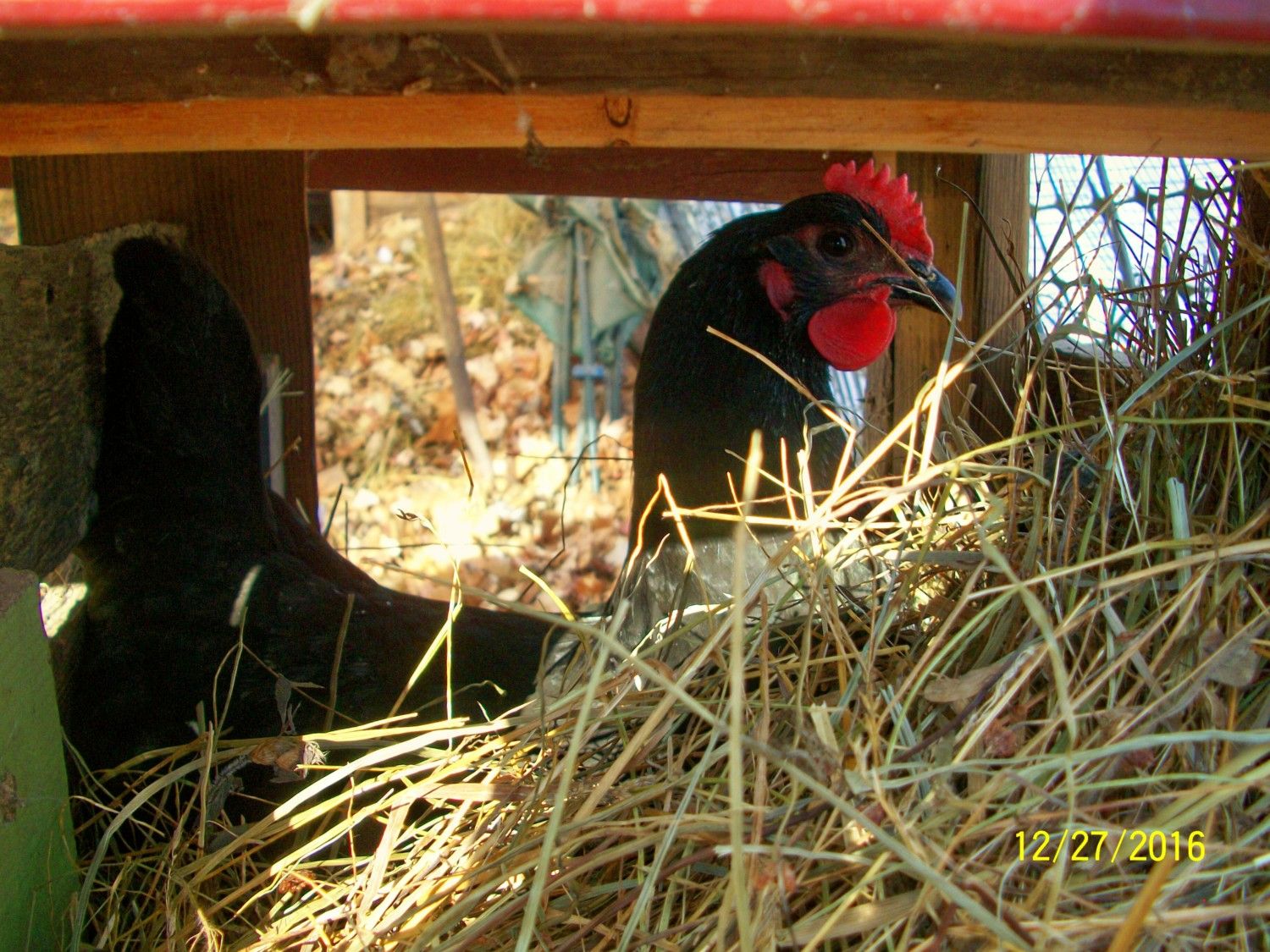Ridgerunner
Garden Master
- Joined
- Mar 20, 2009
- Messages
- 8,238
- Reaction score
- 10,098
- Points
- 397
- Location
- Southeast Louisiana Zone 9A
What's a frost free hydrant?
This link has drawings to show how it works. Maybe you could print it off and color it in to help pass time in your horrible Texas winter weather.

http://www.woodfordmfg.com/woodford/Installation/How Hydrant Works.pdf
There is a drain hole and valve down below where it can freeze. When the water is flowing the drain hole is sealed. When you shut it off the water flow stops and the drain hole opens. That way water drains out of the riser so it can't freeze. All this happens well below the freeze line.
Since my weather is so mild I only have to bury mine 2' to get below any possibility of freezing. I suspect @seedcorn has to go deeper, at least 3' and maybe 4'. Installing it was a piece of cake, I had a fellow with a back hoe dig it out and a plumber install it. All I had to do was write checks.
But I've had to dig it out a few times. One was that the licensed plumber didn't know what hew as doing and over-tightened the water line connection to the tapered backflow valve. The pipe split underground several months later. A steady constant serious leak. I was less than happy, both with the plumber and with whoever designed a tapered screwed pipe connection.
Since that drain hole is open, it's possible sand or tiny gravel can get inside and mess up the valve. It's not only possible it happened. When I repaired that (actually replaced the hydrant) I wrapped a good quality landscaping cloth around the drain, help in place by zip ties. To give a good place for the water to drain I laid down piece of that landscaping cloth on the dirt below the drain, filled in with pea gravel to above the drain hole (with extra for settlement), and put another layer of landscaping cloth on top of the pea gravel to keep the dirt from settling in among the pea gravel and plugging anything. Then I filled the hole to the surface with dirt.
I only had to hand-dig a hole deep enough to get to this 2' deep connection and make it big enough so pipe wrenches would fit. I did the repair/replacement work lying on my belly reaching down in that hole. That's another reason I'm grateful I live in a mild climate, I hate to think how deep our friends up north would have to go to repair theirs. These hydrants do make it possible to have water flowing outside instead of having to carry water from in the house when it's well below freezing outside.
I installed this when I ran water and electricity to the chicken coop. That electricity allows me to put my brooder in the coop and not in the house which helps me stay married. But the water down there is what is also extremely beneficial. I always have it for the chickens, it's where I hook up my hoses when I want to water the garden or anything else, I wash my garden produce before bringing it in the house, I hook up there when I butcher chickens, and I clean the stuff I don't want to bring in the house to wash. Having water down there is extremely convenient. Having it so I don't have to worry about it ever freezing is a huge bonus.

 I didn't know that!
I didn't know that! 

